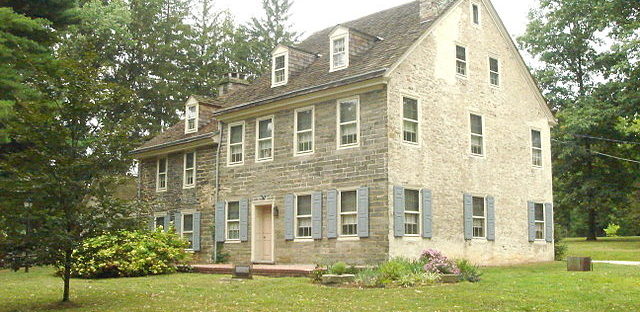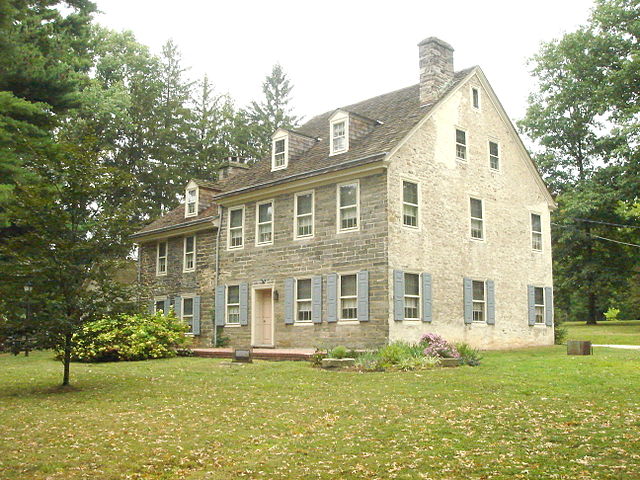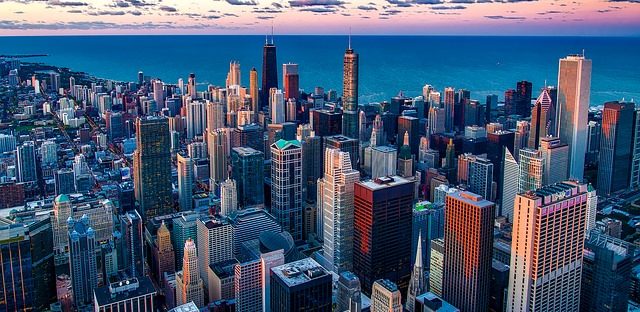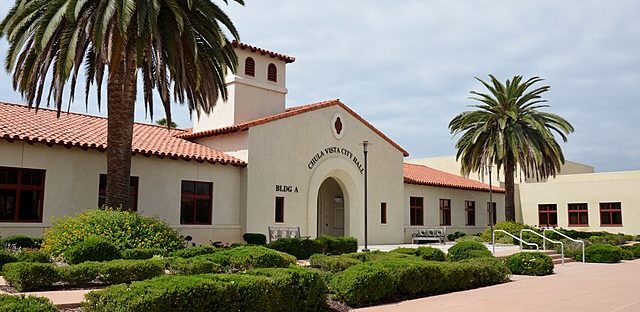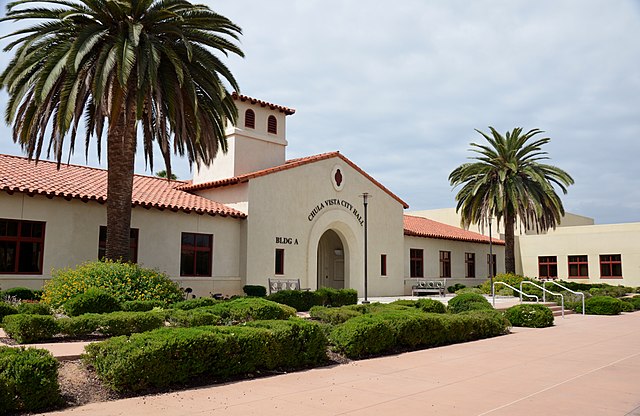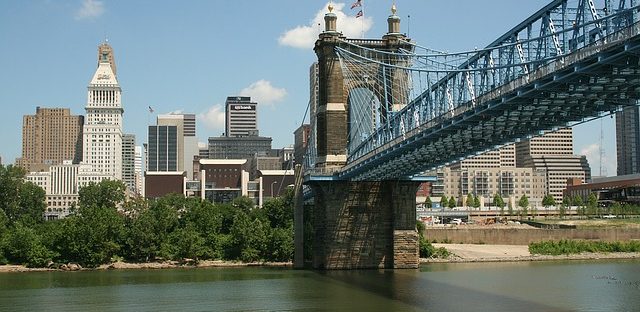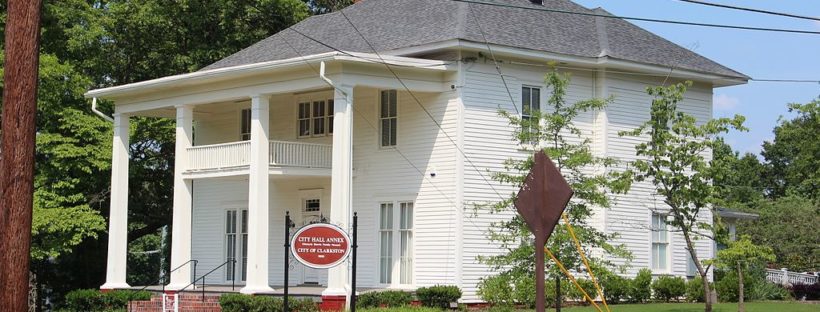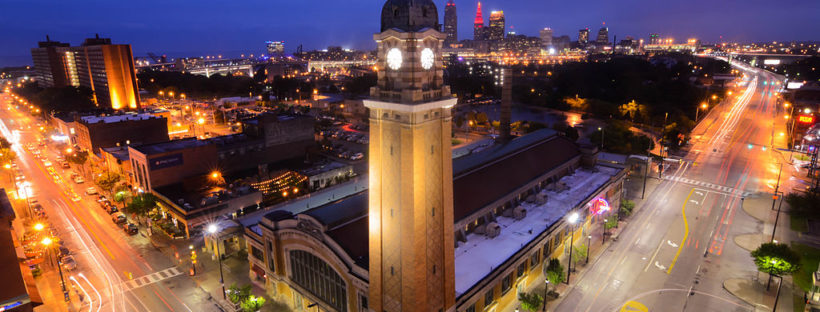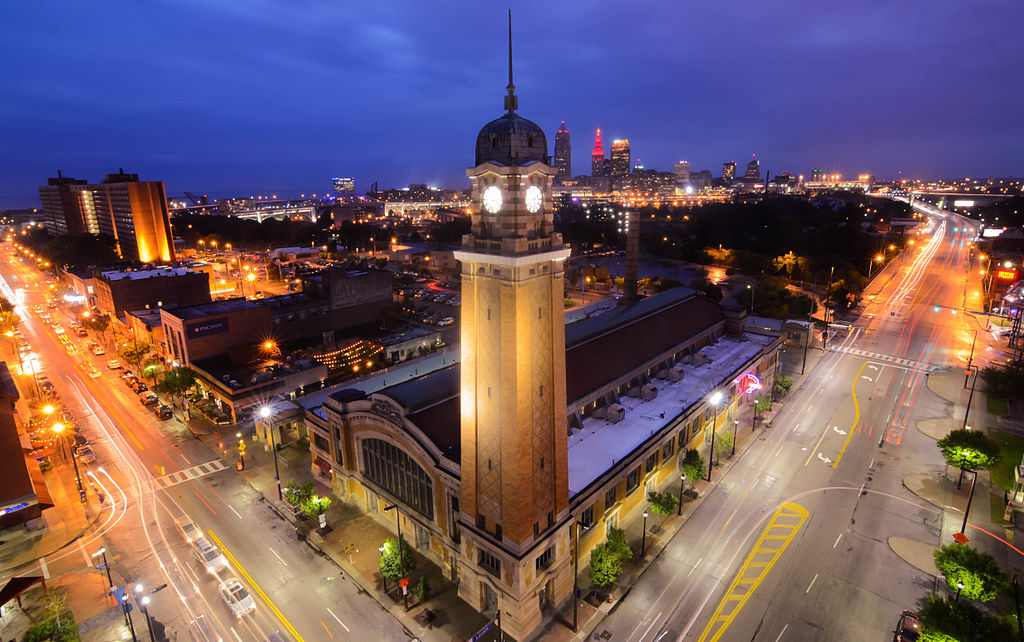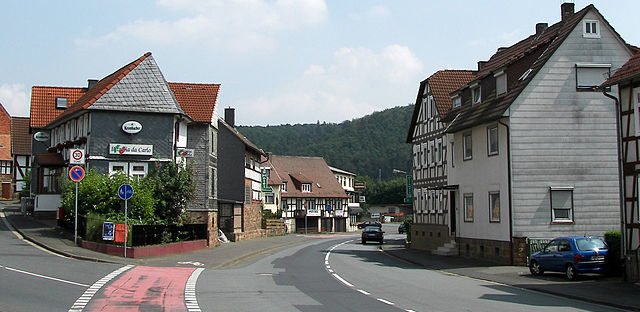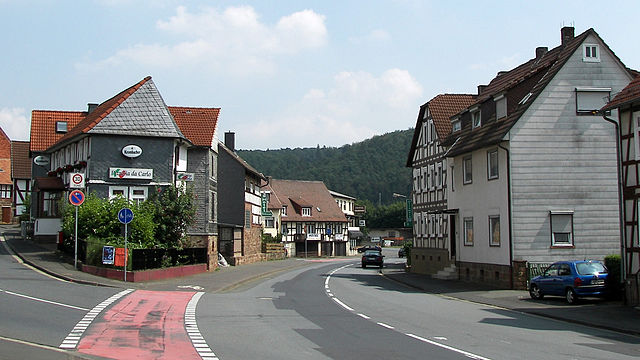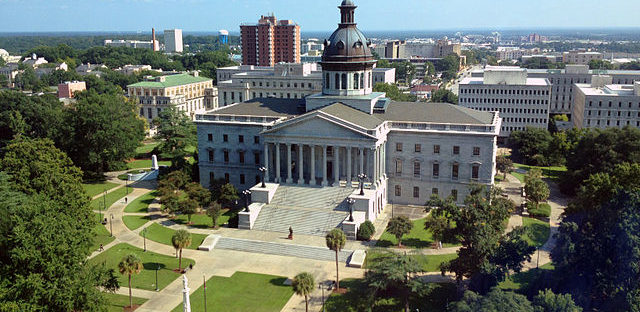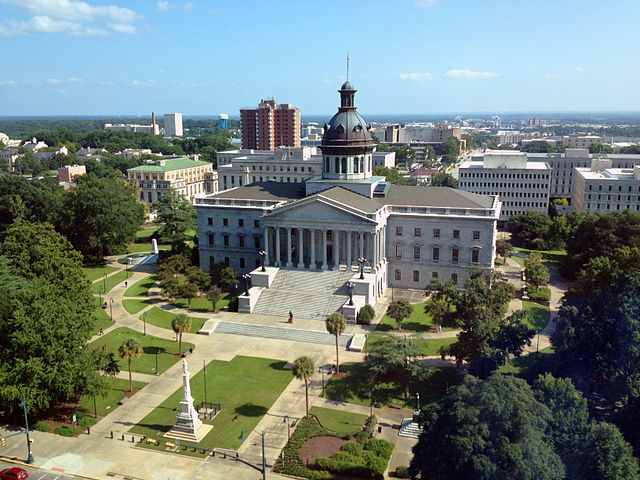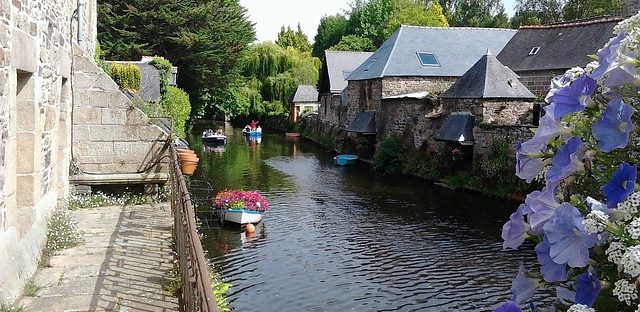- Target: 100% renewable electricity by 2030 and 100% renewable energy for heat and transportation by 2050
- Status: In progress
- RES: Solar power
- Implementation: Cheltenham Township has the goal of achieving 100% renewable energy across all sectors by 2050 by focusing on efficiency upgrade of public and private buildings, and the transitioning of public transportation to renewable fuels. The township is developing a transition plan which will facilitate the adoption of technologies as they become available and affordable. Essential is the cost neutrality of transitioning to renewable energy, as this will guide decisions involving buildings, vehicles and energy suppliers. It will impact transportation infrastructure and land use planning, in particular zoning codes with regards to energy efficiency. The township is presently working to review zoning requirements and remove restrictions that intentionally or unintentionally prohibit PV development. (Source: cheltenhamtownship.org)
- Population: 37,103 (2016)
- Area: 9.03 sq mi (23.4 km2)
- Link: Ready for 100 - Cheltenham Township PA
Tag: – Works in Progress
Chicago, Illinois, USA
- Target: 100% renewable electricity by 2035
- Status: In progress
- RES: Solar energy
- Implementation: Chicago is the largest city in the United States to commit to 100% renewable energy. Located on the shores of Lake Michigan, it is an international hub for finance, commerce, industry, technology, telecommunications, and transportation. Historically, Chicago has made noted contributions to urban planning and zoning standards, including new construction styles, the development of the City Beautiful Movement, and the steel-framed skyscraper. Today, it continues its high standard of innovation by setting 100% RE as the basis for future urban development (even despite the 11 nuclear reactors already in operation in the state of Illinois). The 100% target is part of the Resilient Chicago plan launched in 2018, which commits the city to transition "to 100% clean, renewable energy in buildings community-wide by 2035”. The plan is bolstered by the Sierra Club’s “Ready for 100” campaign, an environmental action group advocating 100% renewable energy worldwide.The city of Chicago has also set more specific sectoral targets. By 2025, all city government electricity purchases, first established in 2017, must come from 100% renewable sources. By 2040, the entire bus fleet will be electrified. The city is also making a push for community solar by supporting the Illinois Power Agency’s community incentive programs and by incentivizing community solar through voluntary programs, such as the Chicago Renewable Energy Challenge. Since the passage of the Future Energy Jobs Act, Chicago has seen a boom in community solar, with 1.8 GW of projects applying for block grants in just two weeks.
- Population: 2,695,598 city, 9,533,040 metro (2010)
- Area: 234.14 sq mi (606 km2) city, 10,874 sq mi (28,160 km2) metro
- Link: Chicago Energy Efficiency and Renewable Energy
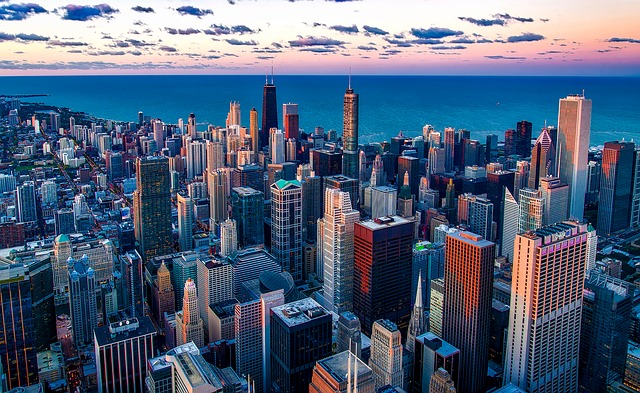
Chula Vista, California, USA
- Target: 100% renewable electricity by 2035
- Status: In progress
- RES: Solar projects
- Implementation: The city of Chula Vista in California aims for 100% renewable electricity community-wide by 2035. The city is commited to reduce the governments’ greenhouse emissions as well as assist residents ability to adopt renewable energy and carry out efficiency improvements result in financial savings. It implemented a climate action plan to address climate change impacts to the local community, including the goal to achieve 100% renewable energy generation. The Clean Energy Chula Vista program was launched allowing property owners to install solar panels and other energy and water saving upgrades to their home or business, repaid through property tax bills for no upfront cost, while also enabling the receipt of federal incentives. The city's initiatives aim to provide not only environmental benefits and financial savings, but also economic growth to the region. The 1,800 solar panels installed on the government's public works building were manufactured less than 12 miles from the installation site. The city is a member of Cleantech San Diego and has installed three major solar projects totalling 500,000 watts of clean energy. The projects provide enough energy to power 100 homes, and will save the city over $4.1 million over the lifetime of the solar system.
- Population: 274,492 (2019)
- Area: 52.10 sq mi (134.93 km2)
- Link: Clean and Renewable Energy | City of Chula Vista
Cincinnati, Ohio, USA
- Target: 100% renewable energy by 2035
- Status: In progress
- RES: Solar and wind power
- Implementation: Cincinnati is the 100th U.S. city pledge for carbon neutrality by 2035. The city council aims to achieve this by transitioning to 100 percent clean and renewable energy sources in "all of the City-owned and operated facilities and fleets." It will also "ensure that 100 percent of the electricity consumed by residents and businesses within the city shall be generated by clean, renewable sources such as solar and wind." (Source: City Renewable Energy Resolution."
- Population: 303,940 (2019)
- Area: 79.56 sq mi (206.07 km2)
- Link: Cincinnati’s Clean Energy Commitment
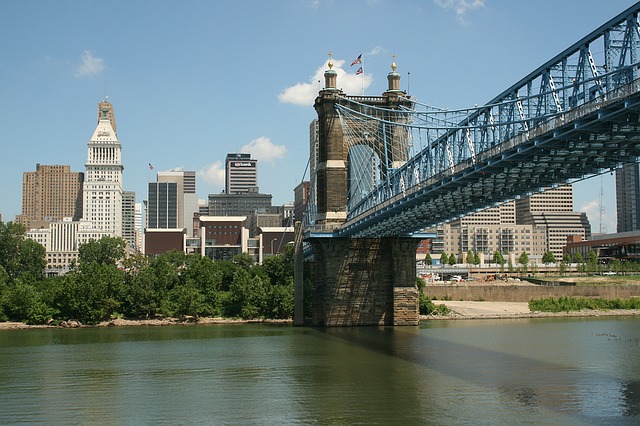
- © Susan Clemmons
Clarkston, Georgia, USA
- Target: 100% renewable energy by 2050, the city’s fleet vehicles will be zero-emission by 2035
- Status: In progress
- RES: Energy efficiency, electric vehicle, solar and net-zero building standards
- Implementation: When Clarkson adopted the resolution to transition to 100 percent clean and renewable energy by 2050, it became the second city in the state of Georgia to make this commitment, one year after Atlanta. The aim: a future Clarkston with cleaner air, water, and more economic opportunities. The city is working with the City of Atlanta and communities across the metro area to make the clean energy transition, which will help tackle climate change and create a more resilient future. To grow in a smart and sustainable direction, the majority millennial council is updating development ordinances to incentivise more walkable, bikeable neighborhoods and greenways. It is also encouraging energy efficiency, electric vehicle, solar and net-zero building standards.
The city's community wide plan ensures that historically marginalized communities should be the first to receive the benefits of the investments into the transition to a clean energy economy. The city created the affordable housing trust fund to provide energy efficiency housing rehabilitation for fixed income residents to help cut down on their monthly energy bills. Source: sierraclub.org - Population: 12,742 (2016)
- Area: 1.4 sq mi (2.7 km2)
- Link: Clarkston, Georgia Commits to 100 Percent Clean, Renewable Energy
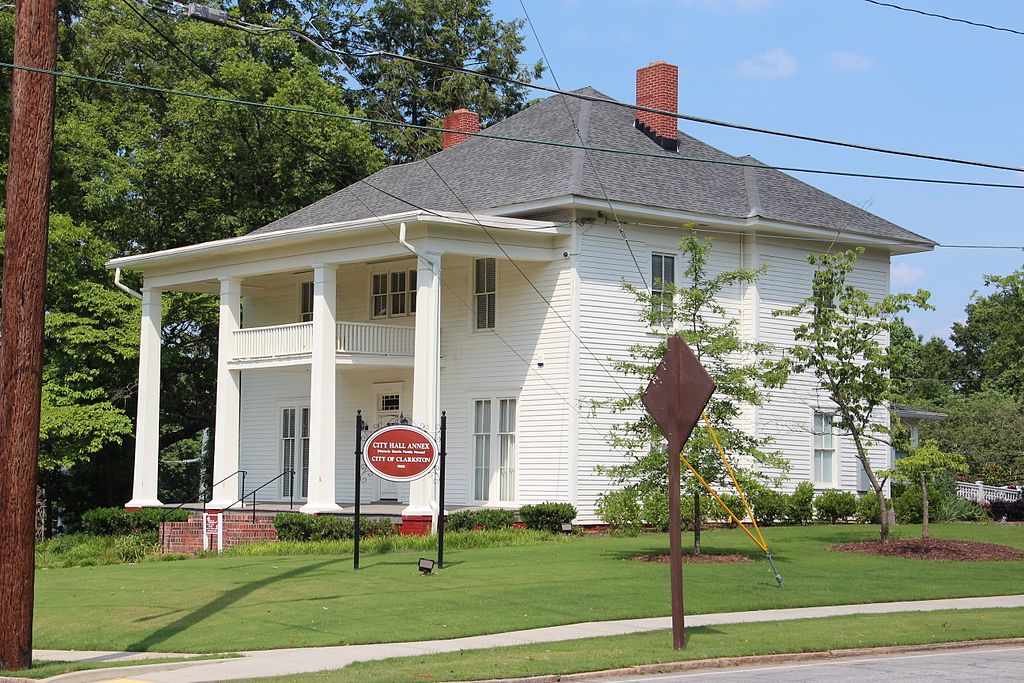
- © Thomson200
Cleveland, Ohio, USA
- Target: 100% renewable electricity by 2050, reduce residential and commercial energy use 50% by 2030
- Status: In progress
- RES: Offshore wind power industry on Lake Erie, solar power plants on former industrial sites, green buildings
- Implementation: Cleveland was once America’s industrial heartland as well as one of the country's most polluted cities. To transform its image and respond to climate change, Cleveland has pledged to transition to 100% renewable power by 2050. According to Mayor Frank Jackson, the city’s plan is to reduce its carbon emissions to 80% below those in 2020. Actions will create a more sustainable Cleveland and strengthen the city's economy. This will be based on renewable energy projects coupled with battery storage alongside energy efficiency and green buildings. These will lower utility and maintenance costs, incur less risk from energy price volatility, increase property values, improve health and productivity of occupants, and create local jobs. The National Renewable Energy Lab estimates there are enough rooftops in the Cuyahoga County to generate more than 10 times as much solar power. These would meet 44% of the city’s electricity needs, while solar power plants and offshore wind turbines could provide the rest.
Cleveland's two utility companies — Cleveland Public Power and First Energy are important actors in the transition. CPP is adding renewables to its portfolio. Meanwhile renewable energy credits have been purchased by the city to provide for 50,000 homes and 5,000 small businesses in First Energy’s service area. The city has created an Clean Energy Equity plan to help low-income households and small organizations purchase renewables and assist in weatherizing homes.
The city's Climate Action Plan was informed by a 90-person Climate Action Advisory Committee consisting of leaders from community groups. - Population: 383,793 (2018)
- Area: 82.47 sq mi (213.60 km2) city, 3,979 sq mi (10,307 km2) metro
- Link: Sustainable Cleveland
Coelbe District, Germany
- Target: 100% renewable energy overall for the community by 2040
- Status: In progress
- RES: Solar and biomass energy.
- Implementation: Coelbe district in Germany is made up of six rural communities (Bernsdorf, Buergeln, Coelbe, Reddehausen, Schoenstadt and Schwarzenborn), located in the state of Hessen. In 2011, the Coelbe government unanimously decided across political party lines to set a community wide target of using only renewable energy resources to meet demand by the year 2040. Similarly in January 2012, the state of Hessen decided to transition to 100% renewable energy by 2050.
Coelbe has created a climate protection plan that lays out how they will achieve the 100% target. The plan takes into account appropriate technologies, costs, integration with climate goals, public relations, and action steps. Coelbe anticipates that by transitioning to renewable energy and efficiency upgrades, it will save up to € 5 million in energy costs annually. Milestones achieved so far include solar panel installations on several municipal properties. The largest generates enough electricity to meet more than 10% of Coelbe's power demand. It is jointly owned by the municipality and by individuals who have personally invested in shares or certificates that generate 6.8% returns, ensuring that the local citizens and community reap the economic benefits of the solar system. Another example of community's energy transition is a heating grid in Schoenstadt built by the village cooperative, fueled by wood chips from the local saw mill, and which supplies heat for 80% of the village buildings. Such projects have attracted visitors from other countries to come learn best practices and have engaged local community members to volunteer to help manage them. - Population: 11600 (2017)
- Area: 73 km2 (28.18 sq mi)
- Link: Cölber Energiewende
- German
Coffs Harbour, NSW, Australia
- Target: 100% RE by 2030, with an interim target of 25% in 2020 and 50% in 2025.
- Status: In progress - In 2014 already 39% of all Coffs Harbour households or businesses have installed rooftop solar PV systems.
- RES: Solar power and energy-efficient street lighting
- Implementation: Coffs Harbour City Council set a 100% RE as a corporate, organisational target for itself in March 2015. Although the target did not apply to the rest of the city area, its aim was to make the Council a role model of sustainability to the Coffs Harbour area. The Council committed to reducing annual corporate CO2 emissions by 25% on 2010 levels by 2020 and by 50% by 2025. In 2004, it was the first council in Australia to introduce energy-efficient street lighting across its entire local government area. In 2010, the Council installed the largest public rooftop solar power array in NSW on the top of Rigby House which saves $30,000 per annum in electricity costs. It has also installed solar panels at the local Botanic Gardens. In October 2013, Council adopted a Climate Change Policy. It adopted an energy fund for investment into efficiency works and renewables that will be financed through 10% of the difference in costs between the black and green energy purchased by Council, or AUS$100,000 a year, whichever is the greater. A Coffs Harbour Emissions Reduction Plan (CHERP) has been effective from January 2016, which sets out a framework on how the Council monitors, reviews and reports on its emissions and RE.
- Population: 70,000 (2017)
- Area: 1,175 km2
- Link: https://www.coffscoastadvocate.com.au/news/council-sets-ambitious-energy-and-emissions-target/2579807/
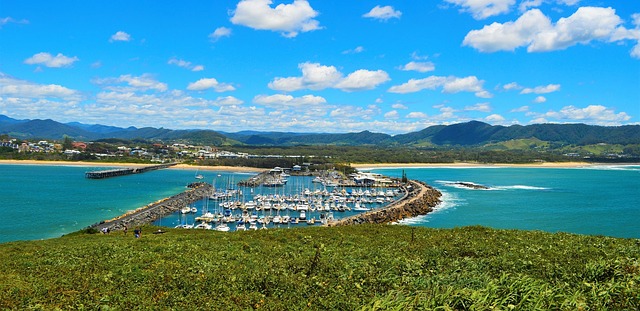
Columbia, South Carolina, USA
- Target: 100% renewable energy by 2036
- Status: In progress
- RES: Solar energy
- Implementation: As the first municipality in South Carolina to commit to 100% renewable energy, the city of Columbia today powers its municipal buildings with 100% solar energy and all of the traffic lights have been converted to LED. When record downpours in 2015 caused severe flooding in Columbia, destroying roads and dams, causing billions of dollars in damage, and costing 19 people their lives, its Mayor Steve Benjamin pushed to address the growing threat of climate disruption by supporting clean energy legislation at state and local levels. In June 2017, Columbia adopted its clean energy resolution. To meet this goal, the city planned to implement a thorough energy efficiency audit, a solar-powered wastewater facility, and transition municipal operations to 100% renewable energy. These efforts would run parallel to sustainable water management and wastewater infrastructure improvements that are designed to guard against future flooding. Community health was another motivation for the 100% target, as this impacted by fossil-fuel pollution and natural disasters. The resolution also emphasizes economic growth, job creation, and reduced utility costs. The city makes use of the Solarize South Carolina program and legislation that not only lifted the cap on net metering and rooftop solar, but also help increase solar energy–related jobs in Columbia by 46% in just one year (2015-2016). Columbia did face some setbacks - solar legislation stipulated a cap if solar output reached 2% of peak energy production. Rapid growth of solar energy in Columbia and other parts of the state triggered this cap several years sooner than expected, which may have resulted in the loss of many solar-related jobs and a drop in solar power usage. A bill that proposed allowing new customers to install home solar panels failed at the state level. Also, plans to develop a solar-powered wastewater facility were stalled by the 2015 floods, and the local utility backed out. The city has now taken up the project and is looking to redesign and build the facility itself. In December 2017, Columbia became the only city in South Carolina to receive a 3-star certification by STAR Communities, a measure of local sustainability progress against national standards. The city has set a goal to improve its rating from 3 stars to 4 (out of a possible 5) over the next three years.
- Population: 133,451 (2018)
- Area: 134.9 sq mi (349 km2)
- Link: Ready for 100
Communauté de Communes du Mené, France
- Target: 100% Renewable Energy by 2030
- Status: In progress
- RES: Biomass and biogas energy.
- Implementation: The Communauté de Communes du Mené is composed of 7 villages in Mené, located in the Côtes d'Armor region in Brittany, France. Due to the abundance in agricultural resources and the need to boost their local economy, they decided to embark on a plan to achieve 100% renewable based on local energy, by 2030. It all began in the early 2000's when local farmers began to seriously worry about their impact on the environment and local economic development. To tackle this challenge, they first set themselves an interim target of becoming zero net energy--that is producing as much energy as it consumes--for heating and electricity by 2012. Since then, several milestones has been reached. In 2007, a facility that produces rapeseed oil and diesel for tractors was opened in Saint Gouéno . The plant also makes cattle cake that is used by local dairy farmers (which eliminated the need to import soy cattle cake from Brazil). In two other Communes in Mené, locally grown wood was sourced to generate heating for 4500 square meters of buildings, which soon replaced 300 tonnes of petroleum based heating oil. Heating systems will also add wood from a plantation irrigated by waste water from Géotexia, a new biogas plant. Work is underway on a 25 MW wind farm, and 35 new zero-energy residential buildings are being developed.
- Population: 6 453 (2012)
- Area: 163,23 km²
- Link: https://www.mene.fr/environnement-developpement-durable/les-energies/
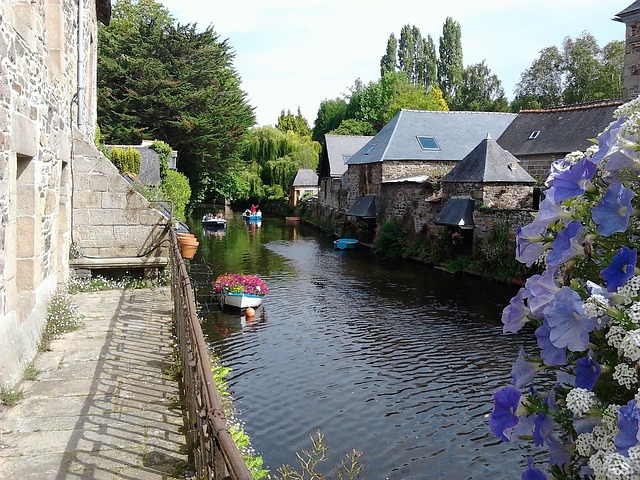
- French
- French, with English subtitles
- French
- French
- French
- French
